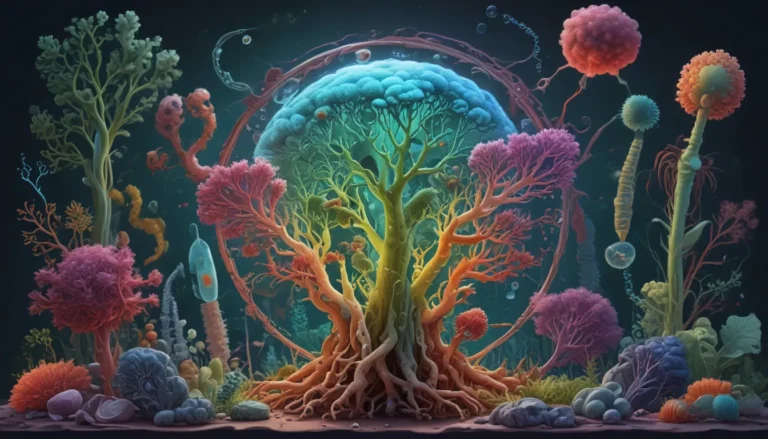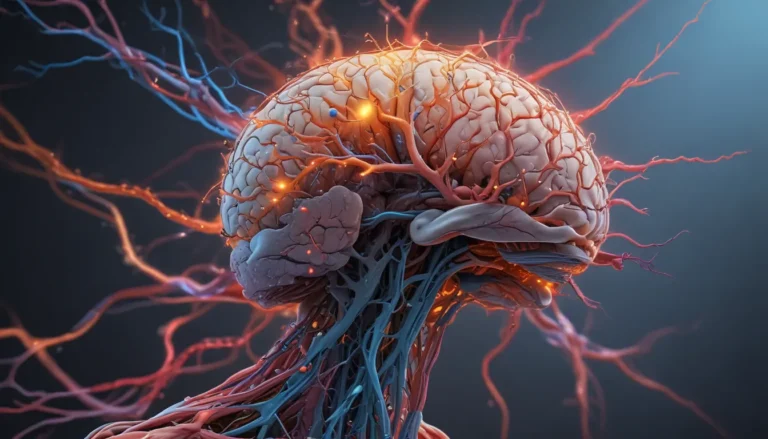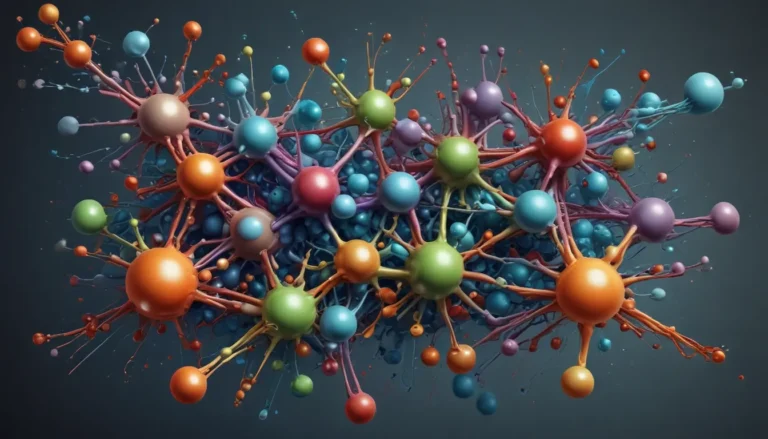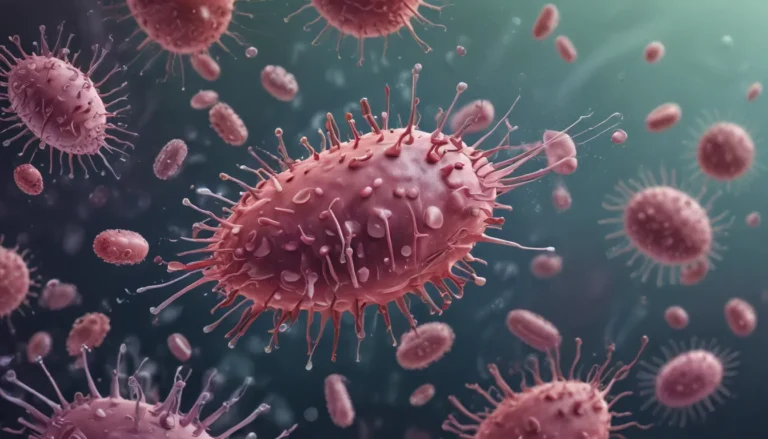A Note About Images: The images used in our articles are for illustration purposes only and may not exactly match the content. They are meant to engage readers, but the text should be relied upon for accurate information.
Welcome to the fascinating realm of disease transmission, a critical aspect of biology and public health that has captivated humans for centuries. From ancient times to the modern era, the spread of diseases has spurred groundbreaking discoveries and advancements in medical science. In this article, we will delve into nine mind-blowing facts about disease transmission, shedding light on the intricate mechanisms that underpin the propagation of illnesses. Join us on this journey as we explore the various modes through which diseases spread, from person to person, through vectors, and even across continents.
Exploring the Dynamics of Disease Spread
Disease transmission can occur through multiple avenues, each presenting unique challenges and implications for public health. Let’s embark on a journey through some of the most intriguing facets of disease transmission, from airborne pathogens to contaminated surfaces and culinary caution.
The Airborne Factor: Disease Spreads Through the Air
Respiratory particles laden with pathogens can travel through the air, posing a risk to individuals in close proximity to an infected person. Diseases like influenza, tuberculosis, and COVID-19 can spread through coughing, sneezing, or even talking, highlighting the importance of respiratory etiquette to prevent transmission.
Contaminated Surfaces: Disease Lurks Everywhere
Germs and pathogens can linger on surfaces for extended periods, serving as potential hotspots for disease transmission. Maintaining proper hand hygiene and avoiding touching one’s face are crucial steps in preventing illnesses like the common cold, norovirus, and MRSA from spreading.
Foodborne Illnesses: Culinary Caution
The ingestion of contaminated food can introduce harmful bacteria, viruses, and parasites into our bodies, leading to foodborne illnesses such as salmonella and E. coli. Proper food handling and preparation practices are essential in reducing the risk of contracting these diseases.
Insect Vectors: Tiny Transporters of Disease
Arthropods like mosquitoes, ticks, and flies can act as carriers of pathogens, transmitting diseases like malaria, dengue fever, and Zika virus to humans through their bites. Understanding the role of insect vectors is crucial in combating vector-borne illnesses.
Sexual Transmission: Intimacy and Disease
Sexual contact can facilitate the transmission of sexually transmitted infections (STIs) like HIV/AIDS, emphasizing the importance of safe sexual practices, regular testing, and open communication with partners to prevent the spread of these diseases.
Mother-to-Child Transmission: Protecting Future Generations
Pregnant women infected with certain diseases can pass them on to their unborn children, underscoring the importance of early detection, medical interventions, and preventive measures to safeguard maternal and child health.
Direct Contact: Handshakes, Hugs, and Disease
Physical contact with infected individuals can lead to the transmission of diseases through direct skin-to-skin contact, highlighting the significance of practicing good hand hygiene and minimizing physical contact to prevent the spread of infections.
Waterborne Diseases: A Hidden Danger
Contaminated water sources can harbor disease-causing microorganisms, giving rise to waterborne illnesses like cholera and typhoid fever. Access to clean drinking water and proper sanitation are essential in preventing these diseases.
Animal-to-Human Transmission: Crossing Species
Zoonotic diseases, which can jump from animals to humans, pose a significant threat to public health. Diseases like rabies and avian influenza can be transmitted through direct contact with animals or consumption of contaminated animal products.
Embracing Knowledge for Disease Prevention
As we navigate the complex landscape of disease transmission, it becomes evident that awareness and education are pivotal in combating the spread of illnesses. By understanding the various modes of disease transmission and adopting preventive measures, we can collectively contribute to safeguarding public health and well-being. Stay informed, practice good hygiene, and follow recommended guidelines to mitigate the risk of disease transmission in your community.
FAQs: Unveiling the Secrets of Disease Transmission
-
Q: What is disease transmission?
A: Disease transmission refers to the spread of infectious agents from one individual to another or from animals to humans. -
Q: How do diseases spread?
A: Diseases can spread through various means, including direct contact, airborne transmission, ingestion of contaminated food or water, and vector-borne transmission. -
Q: What are common modes of disease transmission?
A: Common modes of disease transmission include person-to-person contact, respiratory droplets, fecal-oral transmission, sexual contact, and zoonotic transmission. -
Q: How can I reduce the risk of disease transmission?
A: Practicing good hygiene, maintaining physical distance, and following preventive measures can help reduce the spread of infectious diseases. -
Q: Can vaccines prevent disease transmission?
A: Vaccines play a crucial role in preventing disease transmission by creating immunity and reducing the spread of infectious agents.
In Conclusion
The realm of disease transmission is a complex and dynamic domain that influences our health and well-being. By delving into the intricacies of how diseases spread, we empower ourselves to take proactive steps in preventing and controlling outbreaks. Our exploration of the nine mind-blowing facts about disease transmission has illuminated the profound impact of various transmission modes on public health. Let us continue to stay vigilant, informed, and proactive in our efforts to curb the spread of illnesses and protect the health of our communities.
Intrigued by the captivating world of disease transmission? Dive deeper into the genetic factors influencing disease spread, the role of ectoparasites in disease transmission, and the potential risks posed by bats as carriers of viruses. Explore these topics further in our related articles as we continue to unravel the mysteries of infectious diseases.






